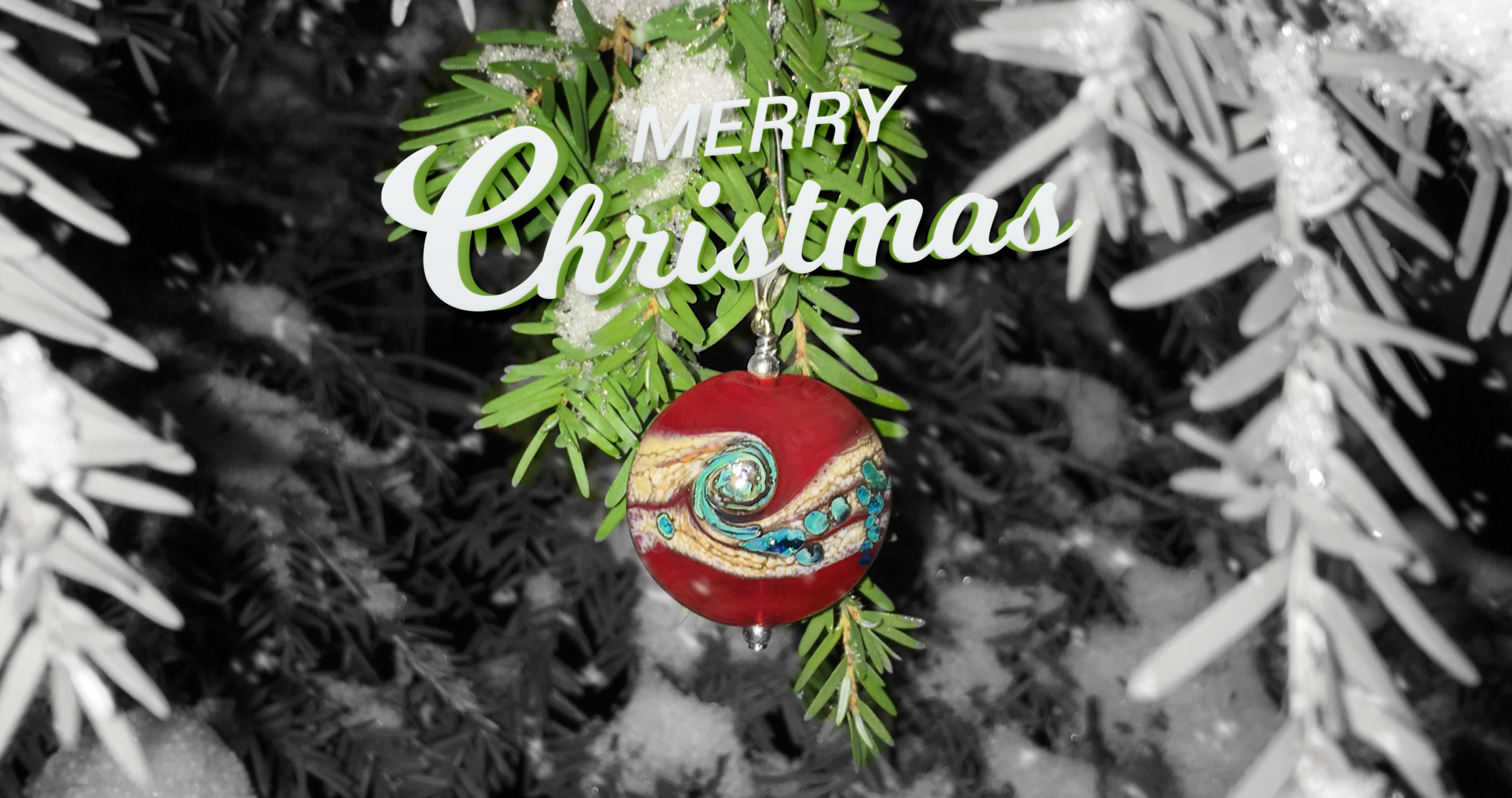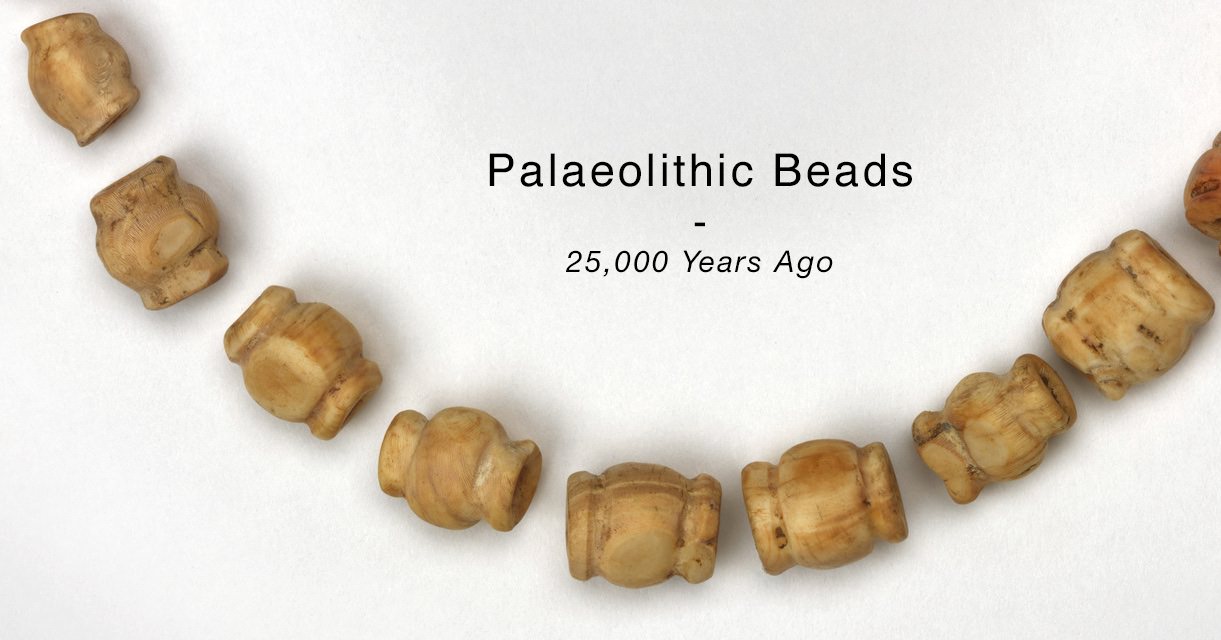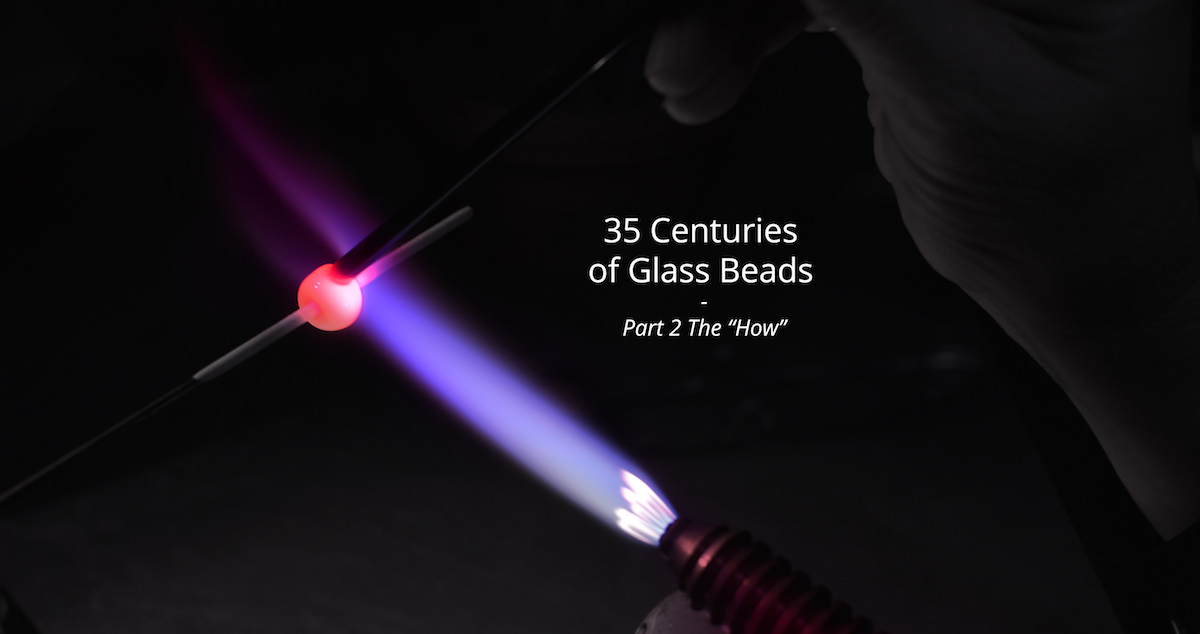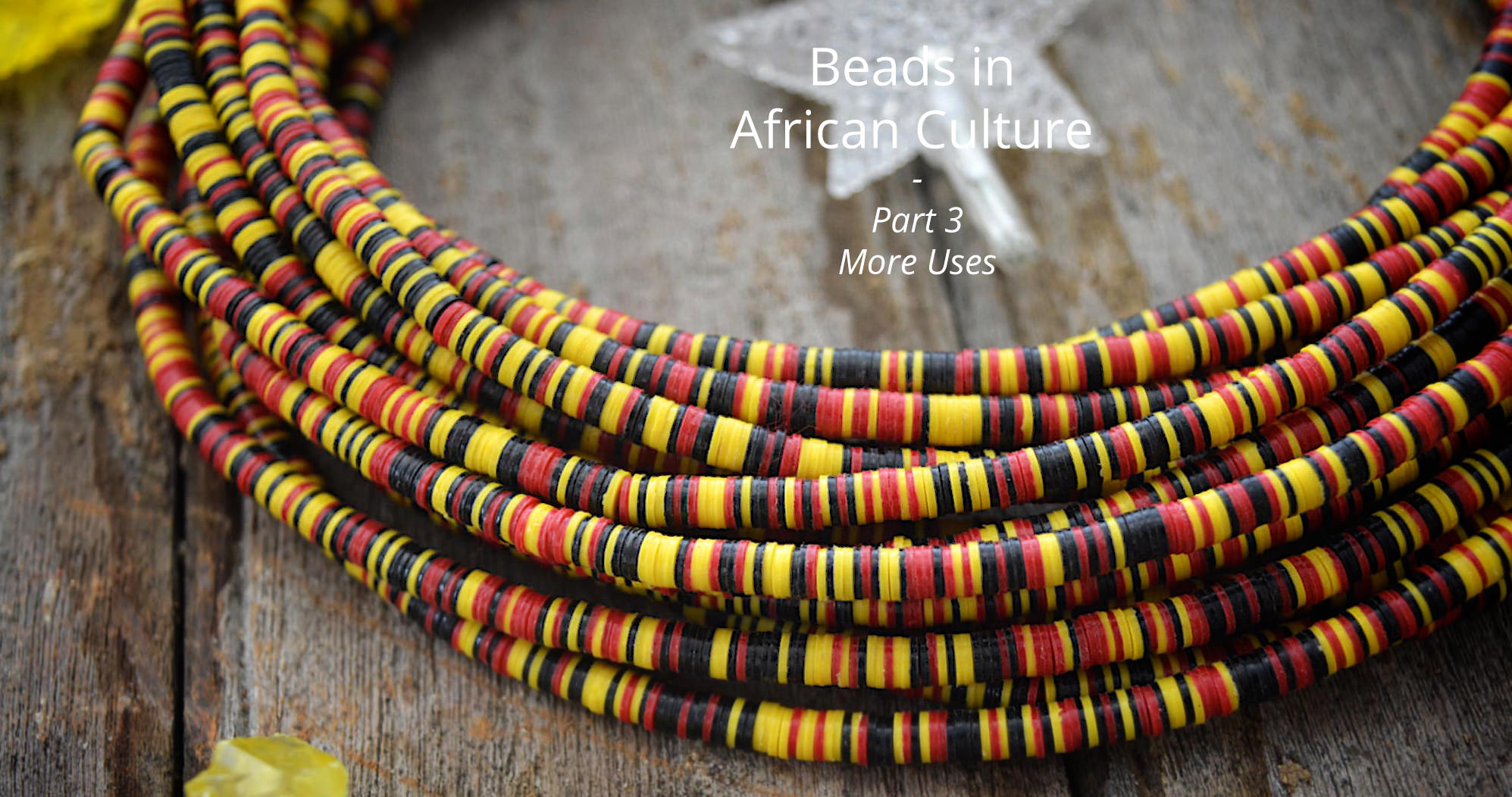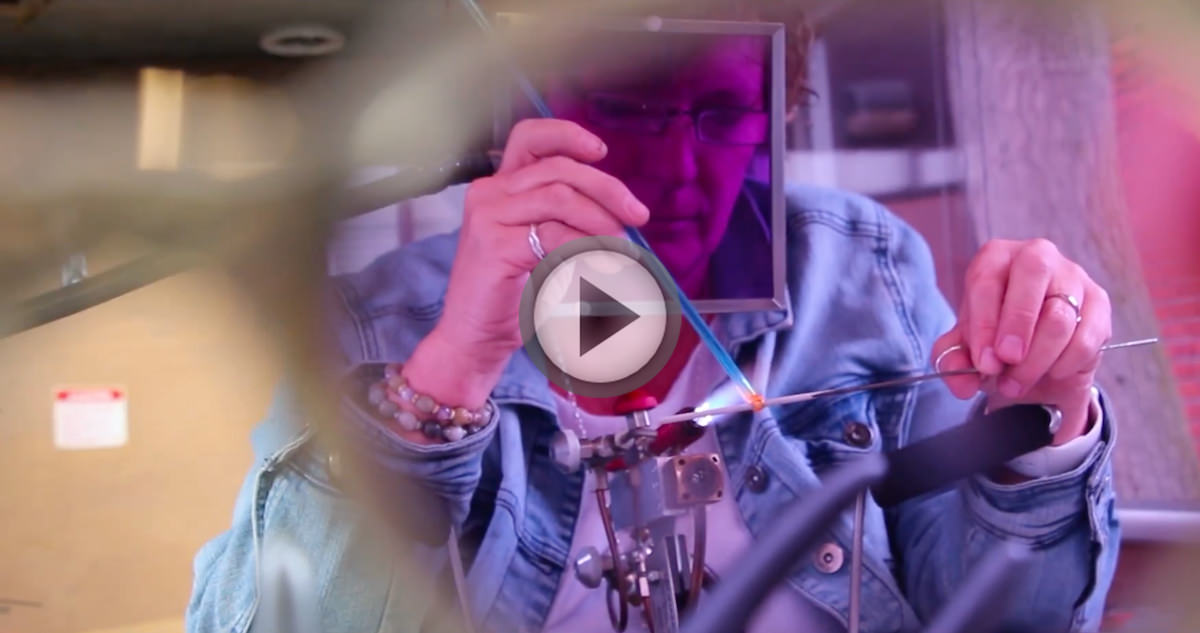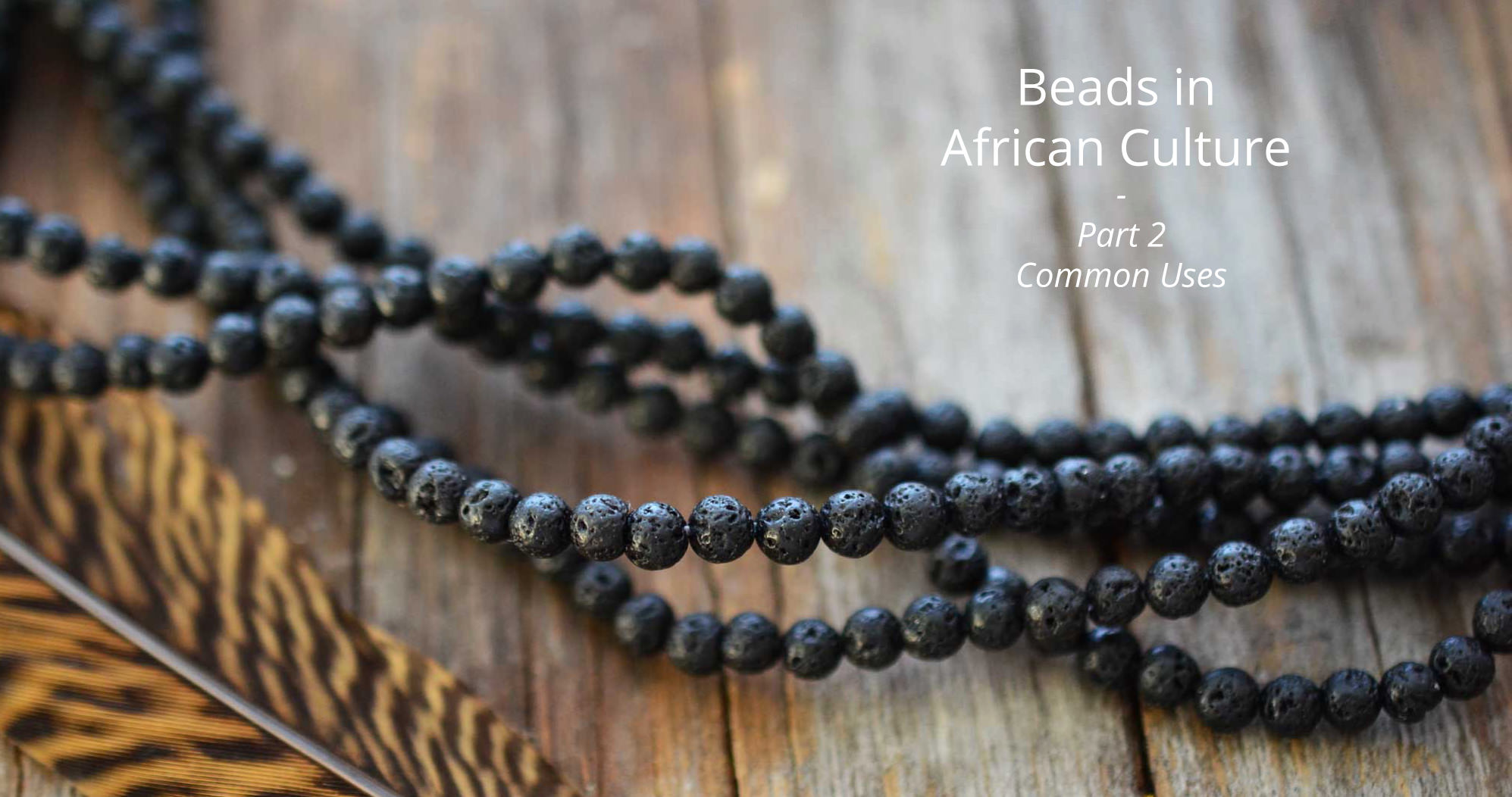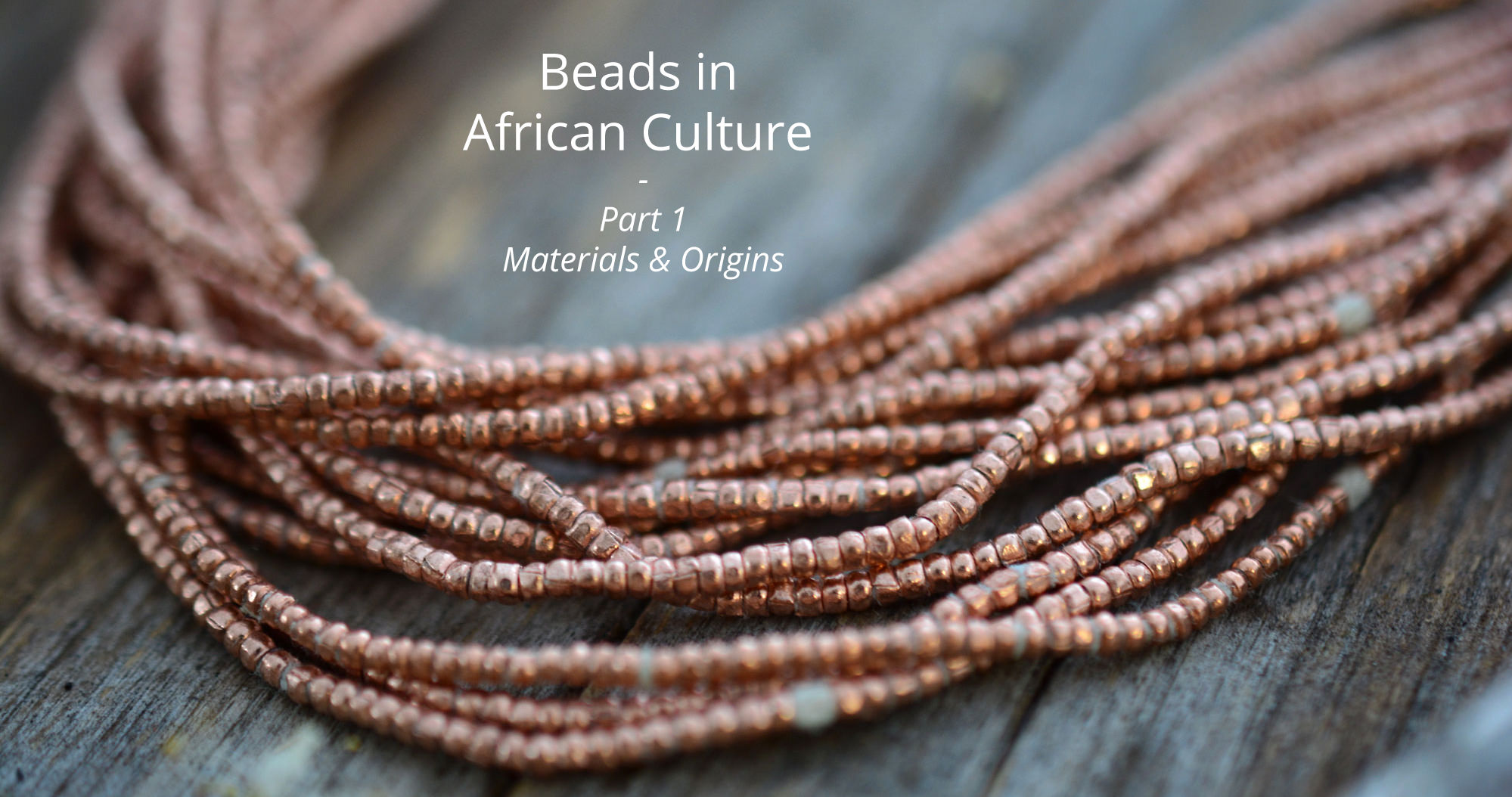In African culture, beads are revered as highly symbolic, and the materials used to make beads have varied from natural materials such as eggshell, clay, twigs, stones, ivory and bone to glass beads that were introduced later by traders from Europe, India and the Middle East. The origin of beads and beadwork in Africa can be traced back at least 12,000 years, and continue to play an integral role in everyday life.
The oldest known beads have been found in the Kalahari desert, Sudan and Libya. The discovery of beads has led to the identification of historical sites in Mapungubwe and Zimbabwe.
Beads were used in various parts of Africa as adornment or works of art. The types and styles of beads as well as how they were worn or displayed, denoted a persons’ wealth and status, and also pointed to what tribe they belonged to. In some African economies beads were a stable form of currency.
In Africa today, beadwork still consists of natural material such as bone, coral, horn, ivory, seeds, shells, stones and pearls as well as glass, plastic and alloy metals. Sources for synthetic beads include China, Hungary, India and Poland. The uses of beads and beadwork differ widely across the continent, and beads continue to serve as a focal point for prayer.
Sangomas/n’angas or traditional healers wear distinctive amulets and beadwork that identify their role and aid directly in their healing work. They believe certain colours of beads hold special properties to heal spiritual issues or areas of illness in their life. Bead colours are “prescribed” according to the individual’s symptoms, complaints and characteristics. It’s common practice for novice sangomas to wear single strings of white beads around their heads, wrists, elbow and ankles, while experienced older healers have graduated to be able to wear more opulent and elaborate bead work with variant colours, embellishments and integrated materials including feathers.
Beads also serve a specialised purpose in fortune-telling or future seeing rituals, when thrown or rolled on a mat combined with bones, dice, stones and pieces of wood. Beads and seeds can also be contained in gourds which are shaken and rattled to ward off evil spirits or to play ritual/festive music (leg rattles, hosho for the mbira, or in church choirs).
Beads are more than a symbol of beauty. They have may roles in traditional African culture and religious rituals, which increase their value and our respect for them.

